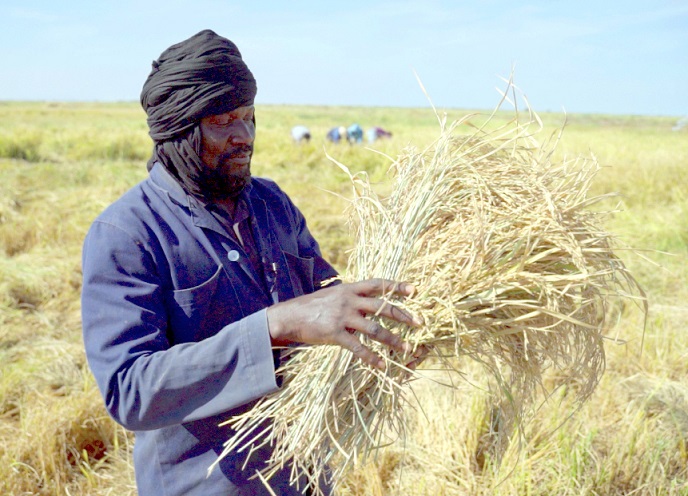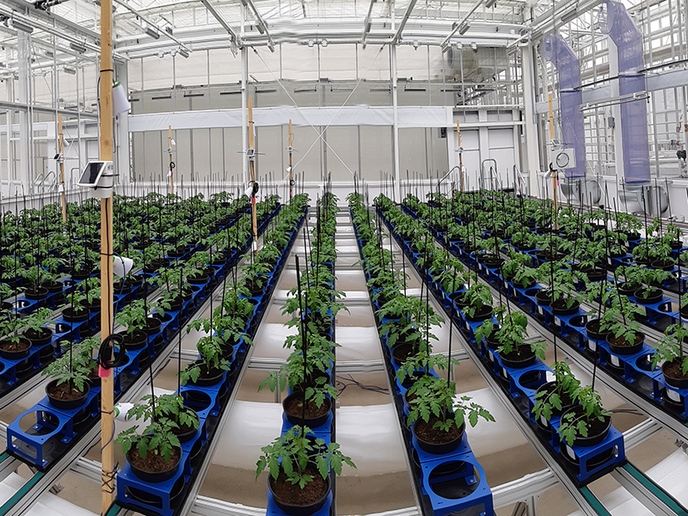Earth Observation satellites measure forest disturbance
National forest policy programmes and Zero Deforestation (ZD) programmes require monitoring systems that use disturbance indicators to determine deforestation and forest degradation as well as changes in above-ground woody biomass. However, several technical challenges must be overcome in order to provide operational forest monitoring services for the humid and dry tropical forests, like the occurrence of persistent cloud conditions in tropical regions, which impact the effective use of optical EO data. Seasonal effects in tropical dry forest ecosystems, such as leaf fall in the dry season, combined with the limited availability of multi-seasonal EO data coverages also influence the quality and cost effectiveness of the monitoring systems. However, this situation drastically changed since the availability of Sentinel satellite data of the European Copernicus Programme, which provide the high-frequency, high-resolution optical and radar data required. The EU-funded EOMonDis(opens in new window) project elaborated operational EO-based tropical forest monitoring services to support countries and a wide range of users with accurate, up-to-date forest information data. “The initiative particularly supports countries implementing the United Nations Framework Convention on Climate Change – Reducing Emissions From Deforestation in Developing Countries (UNFCCC REDD+)(opens in new window) policy process as well as stakeholders involved in implementing ZD commitments,” says project coordinator Thomas Häusler.
Better monitoring
Researchers focused on improving forest monitoring systems, significantly contributing to sustainable environmental management by providing quantitative data on forest loss and land use changes. This information is required for the implementation of several environmental policies such as the UN Forum on Forests, the UNFCCC REDD+ process and the UN Convention on Biological Diversity, as well as national and regional forest strategies and policies. Forest Monitoring and the REDD+ Policy is also embedded in the Paris Agreement of 2015; furthermore, the agreement requires countries to prepare their activities for reduction of greenhouse gases in a post-2020 time frame as part of their nationally determined contributions (NDCs). “In this context, most developing countries have included REDD+ in their NDCs, which provides further opportunities for the results from the current project to be utilised in a beneficial manner for policy implementation and the overall sustainable management of natural resources in countries,” explains Häusler.
Tailor-made products
EOMonDis service providers and research partners worked together to overcome existing challenges in tropical forest monitoring by integrating dense time series from optical and radar sensor systems, especially from the Sentinels of the European Copernicus programme. Scientists developed and tested these techniques and demonstrated them at selected sites in Cameroon, Gabon, Malawi and Peru. User feedback from these demonstrations provided the basis for further improvements and customisations of the products and the service platform. “EOMonDis is now ready to provide user-tailored forest monitoring products for roll-out, such as forest cover and land use maps, near real-time forest disturbance maps and respective change products,” concludes Häusler.







